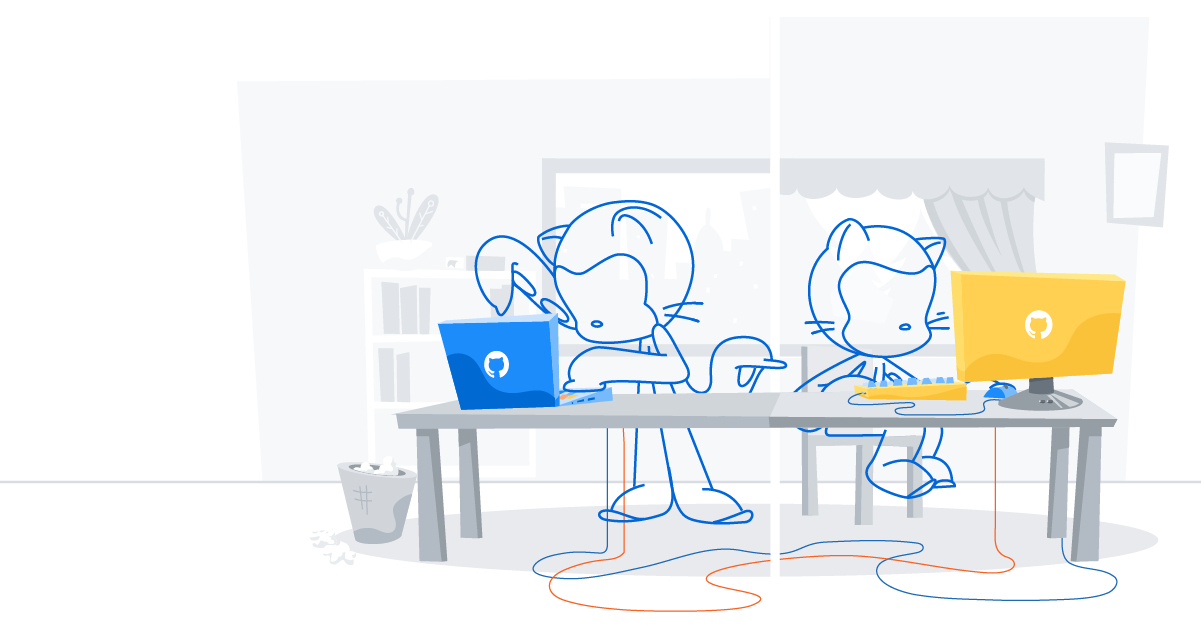The story behind the new GitHub Enterprise
Today we’re releasing the fastest and most flexible version of GitHub Enterprise ever, including high availability and disaster recovery options, dramatically improved LDAP and SAML integration, major improvements to features…

Today we’re releasing the fastest and most flexible version of GitHub Enterprise ever, including high availability and disaster recovery options, dramatically improved LDAP and SAML integration, major improvements to features like code review and project management, and support for deploying on Amazon Web Services.

We’re proud to share this release with you not just because it’s our finest work yet, but because it represents a major milestone in our mission to change the way the world builds software together.
Over seven million people and hundreds of thousands of organizations are working together on over 17 million repositories on github.com, but that only begins to scratch the surface. With this release of GitHub Enterprise we’re making social coding available to anyone who wants to host code in their AWS-powered cloud, while also shipping a better product experience for the thousands of administrators and developers already using GitHub Enterprise daily.
When GitHub launched in 2008, it was all about sharing. You could quickly sign up for an account and share your open source with the world, or, purchase private repositories and control precisely who has access to your source code. But our goal wasn’t workflow or collaboration – it was making it easy to share your git repositories with others.
As GitHub grew we saw the power in working together. This led us to create Organizations in 2010: group accounts which allow open source projects, non-profits, schools, governments, companies, and teams of all kinds to create a presence on GitHub and more easily build software together. Our focus expanded from simply publishing git repositories to helping people build software together.
People quickly created thousands of Organization accounts, but the feedback from larger organizations was resounding: they loved features like Pull Requests, yet many wanted data isolation for their code and support for enterprise-level features such as integration with their authentication system. This led us to create GitHub Enterprise, a VM-based on-premises version of GitHub we released in November 2011.
In the three years since that release, we’ve seen GitHub Enterprise change the way entire companies build software together. We’ve witnessed cultures evolve, companies thrive, and developers rave about how GitHub has changed their workflow. But we’ve also spent countless hours talking to our customers about how we can improve, and we’ve taken that feedback seriously.
Today’s release is the culmination of months of hard work to make GitHub Enterprise more accessible to more people and even better for our current customers. Whether you’re hacking on open source on github.com or coding the next version of your company’s Android app using GitHub Enterprise, our goal is to help you build better software.
We hope you love this release as much as we do.
Written by
Related posts

From pair to peer programmer: Our vision for agentic workflows in GitHub Copilot
AI agents in GitHub Copilot don’t just assist developers but actively solve problems through multi-step reasoning and execution. Here’s what that means.

GitHub Availability Report: May 2025
In May, we experienced three incidents that resulted in degraded performance across GitHub services.

GitHub Universe 2025: Here’s what’s in store at this year’s developer wonderland
Sharpen your skills, test out new tools, and connect with people who build like you.